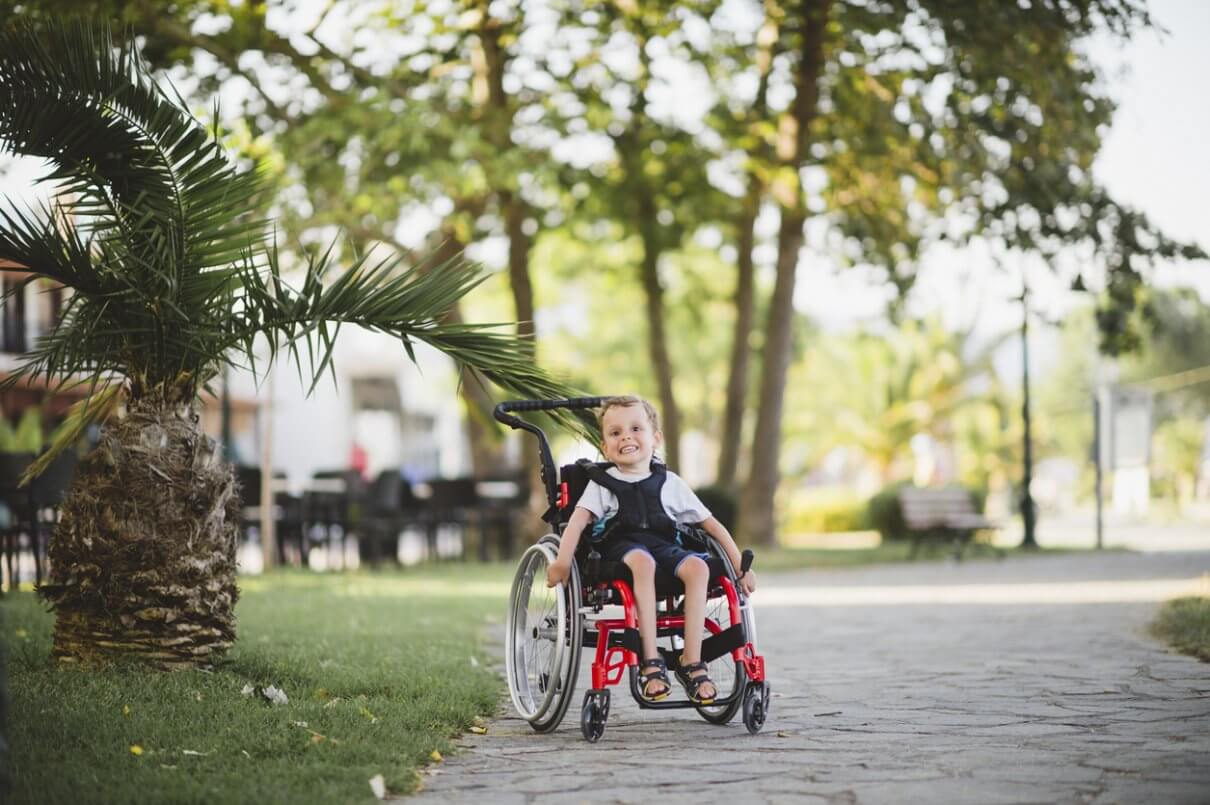Over $600 million in
verdicts & settlements
for our clients.
$185,000,000
Verdict
ERNST & YOUNG
Accouting Malpractice
$150,000,000
Verdict
EXXON MOBIL
Gas Leak
$25,000,000
Verdict
BELL ATLANTIC
Business Fraud
$11,800,000
Verdict
PERSONAL INJURY
The past few years have seen a significant reduction in the number of reported spinal cord injuries during birth. This tremendous improvement can be attributed to advancements in prenatal care and obstetrical practices. Despite the lower risk, spinal cord damage still remains to be a potential result of traumatic birth injuries. This occurs when the baby experiences excess mechanical trauma during labor and birth. But most of the time, perinatal spine injuries and other types of birth trauma result from medical malpractices.
A parent will never expect their child to be harmed during childbirth. While some of these injuries are mild, other severe spinal problems can render the child disabled for the rest of their life. Fortunately, birth injury attorneys can help kids, and families get their deserved financial compensation as a result of the harm caused by medically negligent physicians.
This detailed, short-read offers all you need to know about spinal cord birth trauma and how hiring the right attorney will make a difference.
What Is Spinal Cord Birth Trauma?
Spinal cord birth trauma refers to any damage to an infant’s spinal cord resulting from trauma, rather than a medical condition or birth defect involving the spinal cord, such as tethered spinal cord syndrome or spinal cord tumor.
During birth, the infant may sustain a contusion (bruise), partial tear, or transection (complete tear) on their spinal cord. Injuries on the spine that result from birth trauma mostly affect the region near the upper or mid-back (the thoracic and cervical sections) and neck.
The damage may lead to quadriplegia or complete loss of control over the torso and all four limbs. Injuries near the upper side of the spinal cord can be fatal. However, damage to the lower spinal section may only impact the infant’s legs.
Here are some of the probable causes or factors that lead to a greater risk of spinal cord injury:
Physical Trauma
As the infant travels through the birth canal, their body may experience excessive compression, leading to an injury in the spinal cord region. Severe neck twisting and spine hyperextension are also among the primary causes of spinal injuries. Most likely, the problem could be brought about when the doctor uses forceps or a vacuum to speed up the process.
Breech Presentation
Breech presentation refers to the situation where the baby presents their buttocks or feet first. These infants face a higher risk of spinal cord trauma than those who show their heads first.
Congenital Defects
In some instances, the spinal cord trauma may take place even before birth. This usually results from malformation or a genetic defect.
Undiagnosed Spina Bifida
Undiagnosed spina bifida is when a child with this neural tube defect may have gaps between their vertebrae. The condition may expose sections of the spine and the nerves in this region. If the mother doesn’t discover spina bifida via ultrasound early, these exposed nerves may be touched and damaged during birth.
Types of Neonatal Spinal Cord Injuries
Here are the different forms of neonatal spinal cord injuries:
Incomplete Injury
The incomplete injury occurs when the section has been damaged but can still transmit signals to regions below the injury location. An incomplete injury on the child’s spinal cord allows them to maintain some movement and sensation. In mild cases, they may even attain full recovery.
Complete Injury
Complete injury of the spine, on the other hand, occurs when the region is fully compressed or severed, which could lead to the loss of all sensation and movement below the damaged part. Despite being relatively adverse than the incomplete spinal cord injury, there’s still potential for recovery.
Notably, some infants may never recover from damages to their spinal cord. In some instances, the condition may lead to paralysis or cause intellectual disabilities. In severe cases, it could lead to death.
The damage’s prognosis depends on whether it was an incomplete or complete injury. If it is incomplete, it means the brain can still send messages and communicate to the spinal cord. As such, the child’s motor and sensory function are still recoverable. But if it’s incomplete, they’ll lose their sensory and motor functions in the region below the injury, hence a grim recovery prognosis.
Symptoms of Spinal Cord Injury in Infants
The signs of spinal cord trauma during birth vary depending on what section was injured and the severity. However, general symptoms include:
- Inability to move
- Lost sense of touch
- Bladder and bowel control issues, which are hard to determine with newborns
- Spasms
- Abnormal reflexes
- Stinging pains resulting from spinal cord nerve damage
- Weakness
- Breathing difficulties
Remember that not all infants will portray these symptoms; it all depends on the extent of the damage.
Treatment and Rehabilitation Solutions for Spinal Cord Birth Trauma

Prevention is the primary treatment for spinal cord birth trauma. Medical teams understand the risks and can take preventative measures right from labor. The most common remedy would be to schedule a cesarean section if the baby has spina bifida, is incorrectly positioned, or too big.
The condition requires immediate remedy to lower the chances of further damage. The physician may administer medication to stabilize the injury and reduce swelling. Where possible, they can recommend surgery to assess the damage or relieve the injured nerves from pressure.
Spinal cord injury has no direct cure, so the treatment’s goal is to achieve rehabilitation through therapy. Most of the time, treatment will require a life-long commitment by patients and their families.
Should You File a Lawsuit?
Learning that your bundle of joy has suffered a spinal injury can be heartbreaking. To add to that, the ongoing personal support and treatment costs a lot. As such, it’s wise to file a lawsuit and seek financial compensation if you believe the injury came by during birth or remained unattended to by medics.
Perinatal injuries are usually classified in a unique section of personal injury law. They are not like other forms of harm where the damage will be realized instantly. Rather, these problems may remain invisible for months or may take even years after the negligent act. This and other factors add to the complexity, so it would help if you worked with a reputable, experienced attorney for the best results.
Conclusion
If you’re within Maryland and considering taking legal, then search no more. Weltchek Mallahan & Weltchek, LLC is the region’s premier civil litigation firm, and we’ll aptly guide you to get your deserved compensation.
Contact us today for more guidance or to sign up for our free case evaluation.
Who Can You Trust with Your Case?
Have you or a loved one been injured due to negligence? We want to help. Don’t hesitate to contact us if you believe you have a case; time is an important factor. Interested in learning more? Get in touch with us so we can better evaluate and serve your needs in getting the justice your loved one deserves. You may very well be entitled to compensation.

Call For a Free Consultation









